The art of cold brewing tea has gained remarkable popularity among tea enthusiasts in recent years. Unlike traditional hot brewing methods, cold brewing extracts flavors slowly over an extended period, resulting in a smoother, less bitter beverage. Among the many questions that arise when exploring cold brew tea, one stands out particularly: why do green teas typically require just 4 hours of steeping while black teas demand 12 hours or more? The answer lies in the fundamental differences between these two tea types and how their chemical compositions interact with cold water.
Green tea's delicate nature makes it particularly well-suited for shorter cold brew times. As an unoxidized tea, green tea retains more of its original plant compounds in their natural state. The leaves are gently processed to prevent oxidation, preserving their bright, vegetal flavors and high concentration of amino acids like L-theanine. When submerged in cold water, these compounds extract relatively quickly compared to the more complex structures found in black tea.
The shorter 4-hour steeping time for green tea achieves several important goals. First, it captures the tea's desirable sweet and umami notes without over-extracting the catechins that can lead to bitterness. Second, it prevents the development of overly grassy or vegetal flavors that some find unpleasant in stronger green tea brews. Most importantly, this timeframe allows for optimal extraction of green tea's signature antioxidants while maintaining a balanced flavor profile.
Black tea presents an entirely different brewing challenge due to its extensive oxidation process. During production, black tea leaves undergo complete oxidation, which transforms their chemical structure and creates new flavor compounds like theaflavins and thearubigins. These larger, more complex molecules take significantly longer to break down and dissolve in cold water compared to green tea's simpler components.
The extended 12-hour steeping time serves multiple purposes for black tea. It allows sufficient time for the full spectrum of flavors to emerge - from the malty, robust notes to the subtle fruity or honeyed undertones found in high-quality black teas. This longer extraction also ensures proper development of black tea's characteristic body and mouthfeel, which would remain thin and underdeveloped with shorter steeping times. Interestingly, the extended cold brew process tends to mellow black tea's natural astringency while preserving its caffeine content.
Temperature plays a crucial role in these differing steeping times. Cold water (typically refrigerated at around 40°F/4°C) molecules move much more slowly than in hot water, dramatically reducing the rate of chemical extraction. This explains why cold brewing requires hours rather than minutes. Green tea's simpler chemistry can achieve proper extraction in this slowed environment within 4 hours, while black tea's complex oxidized compounds need triple that time to fully express themselves.
The leaf size and shape factor into these timing differences as well. Many green teas, especially Japanese varieties like sencha, consist of smaller, broken leaves that offer more surface area for water contact. Black teas often contain larger, whole leaves that unfurl slowly during brewing. This physical difference contributes to green tea's faster extraction time, as water can penetrate the smaller particles more quickly.
Caffeine content behaves differently between the two tea types during cold brewing. Contrary to popular belief, the extended steeping time doesn't necessarily make black tea higher in caffeine when cold brewed. While black tea generally contains more caffeine than green when hot brewed, the cold water extraction favors certain compounds differently. The 4-hour green tea cold brew often delivers a surprisingly robust caffeine content due to caffeine's relatively easy solubility even in cold water, while the 12-hour black tea brew may provide a more gradual, sustained caffeine release.
Antioxidant extraction follows distinct patterns in these cold brews. Green tea's prized EGCG (epigallocatechin gallate) extracts efficiently within the 4-hour window, as do other catechins. Black tea's theaflavins and thearubigins - formed during oxidation - require the full 12 hours to properly dissolve. This means both teas can deliver their unique health benefits when cold brewed for their respective optimal times, though their antioxidant profiles remain distinctly different.
The flavor development trajectories differ remarkably between the two teas. Green tea reaches its peak flavor relatively quickly in cold water, with noticeable degradation occurring after about 6 hours - the leaves begin to impart grassy, bitter notes if left too long. Black tea follows a slower curve, with flavor intensity building gradually over the first 8 hours before reaching optimal balance between 10-14 hours. This explains why green tea can taste overbrewed at the same time black tea would still be underdeveloped.
Practical considerations also influence these steeping guidelines. The 4-hour green tea brew fits conveniently into a workday - prepared in the morning, it's ready by afternoon. The 12-hour black tea brew works perfectly as an overnight project. These timeframes weren't arbitrarily chosen; they evolved through experimentation to align with both chemical requirements and human schedules.
Water quality affects both processes similarly, though the extended black tea brewing time makes it slightly more vulnerable to off-flavors from impure water. Using filtered water for both ensures the cleanest flavor profiles. The water-to-tea ratio remains fairly consistent (typically 1-2 tablespoons per 8 ounces of water), with the time adjustment serving as the primary variable between the two tea types.
Experienced cold brew practitioners often notice another curious difference - green tea leaves tend to sink sooner during cold brewing, while black tea leaves may float longer. This visual cue reflects the differing densities and water absorption rates between the two tea types, with green tea's cellular structure hydrating more quickly. Some use this as an indicator of extraction progress, though timing remains the most reliable method.
The finished products showcase why these steeping times matter. Properly cold brewed green tea at 4 hours displays a pale golden hue, delicate sweetness, and refreshing clean finish. Correctly steeped black tea at 12 hours develops a rich amber color, full-bodied texture, and complex flavor layers that would remain locked away with shorter steeping. Both represent the best possible versions of themselves when given their respective ideal timeframes.
These guidelines aren't absolute - personal preference always plays a role. Some may enjoy a 6-hour green tea for stronger flavor, while others might prefer a 10-hour black tea for lighter character. The 4-hour and 12-hour benchmarks serve as proven starting points that consistently produce excellent results for their respective tea types. As cold brewing continues to evolve, these timeframes may be refined, but the fundamental difference between green and black tea requirements will likely remain.
Understanding these steeping time differences allows tea drinkers to appreciate the science behind their brew. It transforms cold brewing from a mysterious process into an intentional practice where time becomes an ingredient as important as the tea leaves themselves. Whether opting for green tea's quick refreshment or black tea's slow-unfolding complexity, respecting these temporal needs ensures every cold brewed cup reaches its full potential.
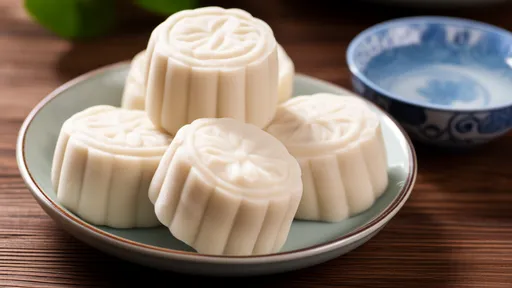
By /Jul 31, 2025
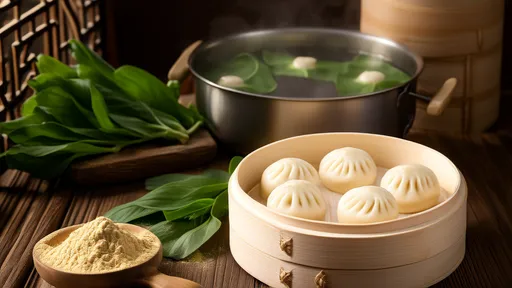
By /Jul 31, 2025

By /Jul 31, 2025
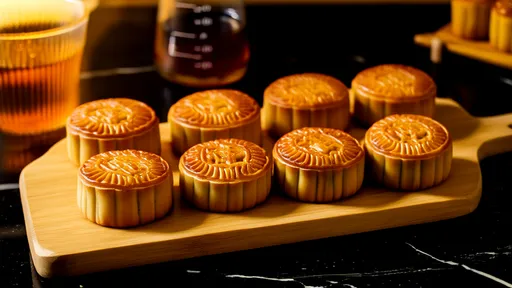
By /Jul 31, 2025
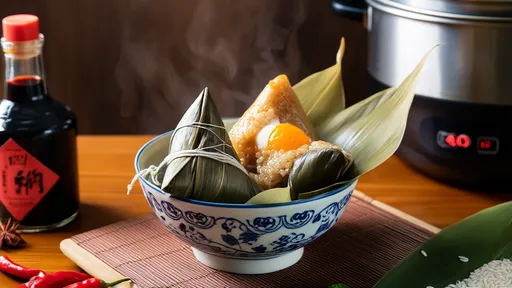
By /Jul 31, 2025
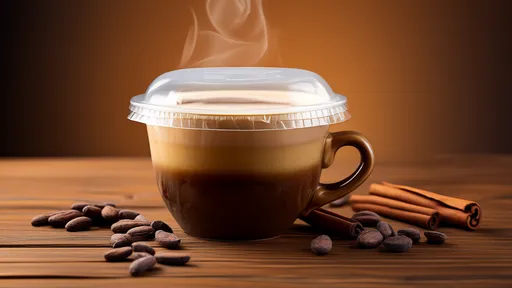
By /Jul 31, 2025

By /Jul 31, 2025
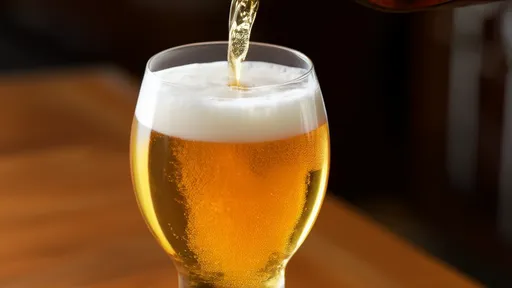
By /Jul 31, 2025
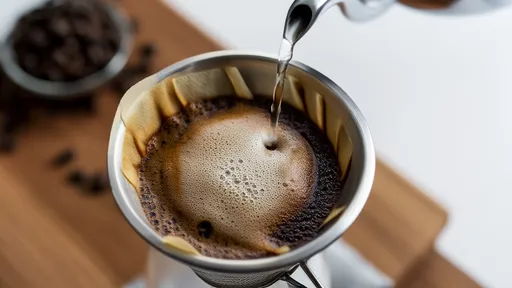
By /Jul 31, 2025
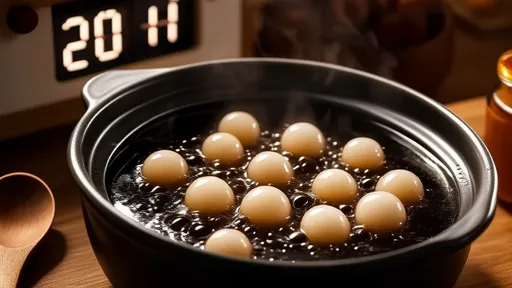
By /Jul 31, 2025
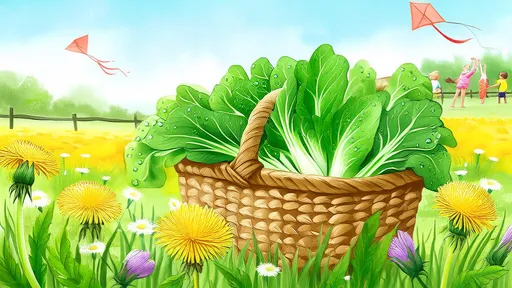
By /Jul 31, 2025
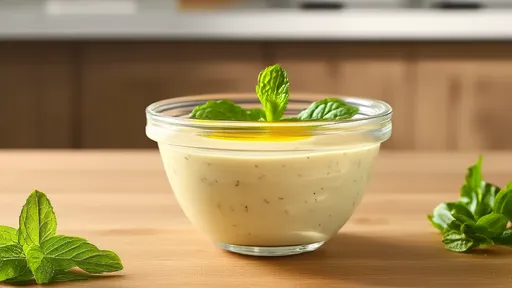
By /Jul 31, 2025

By /Jul 31, 2025

By /Jul 31, 2025
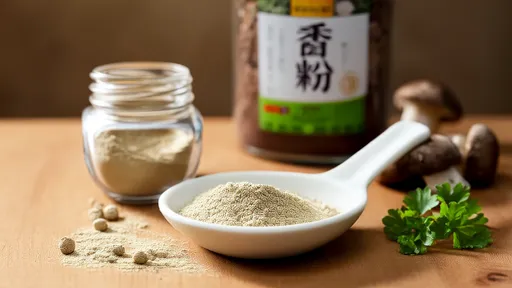
By /Jul 31, 2025
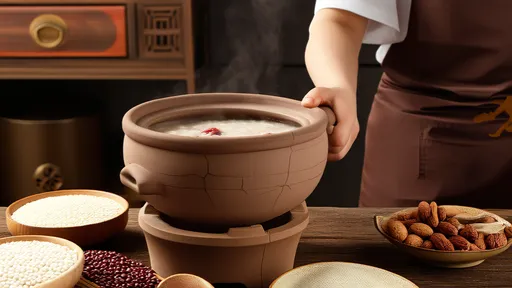
By /Jul 31, 2025
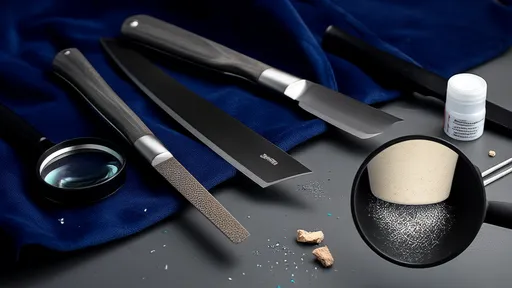
By /Jul 31, 2025

By /Jul 31, 2025
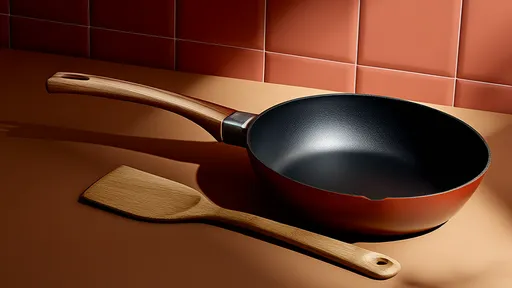
By /Jul 31, 2025
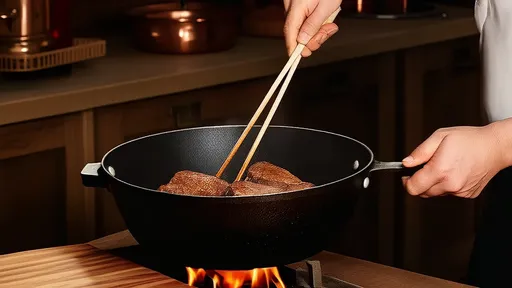
By /Jul 31, 2025